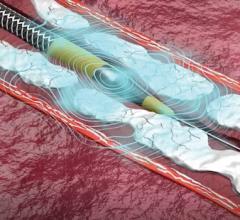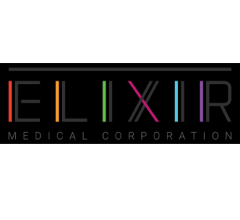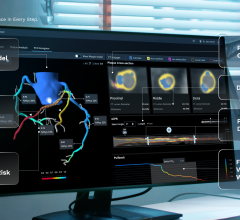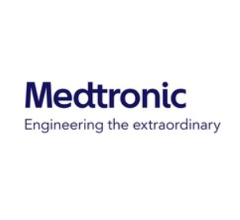
November 7, 2016 – Two-year results from the COLOR Trial, the first large-scale multicenter prospective study of its kind, found that percutaneous coronary intervention (PCI) of lipid-rich plaque (LRP) detected by near infrared spectroscopy (NIRS) was not associated with subsequent major adverse cardiac events (MACE) compared to PCI of non-LRPs. Findings were reported at the 28th annual Transcatheter Cardiovascular Therapeutics (TCT) scientific symposium.
“In this large-scale registry, non-culprit lesion related events were a little more common than culprit lesion post-PCI related events during two-year follow-up,” said Giora Weisz, M.D., chairman of cardiology at Shaare Zedek Medical Center in Jerusalem, Israel. “The results also indicate that PCI of NIRS-defined lipid rich plaques was safe, and was not associated with increased peri-procedural or long-term adverse outcomes compared to PCI of non-LRPs. Additional studies are needed to determine the clinical significance of NIRS-defined non-culprit LPRs.”
The clinical impact of lipid-rich plaque (LRP) in patients with coronary atherosclerosis undergoing PCI is poorly understood. Autopsy-based studies have suggested that LRP may be associated with increased PCI risk and subsequent events. Catheter-based NIRS can identify the presence and extent of LRP in the coronary artery. Previous case reports, as well as small studies, have suggested an association between LRP as assessed by NIRS and peri-procedural outcomes after PCI.
The COLOR registry was a prospective, multicenter, observational study designed to determine whether LRP detected by NIRS is associated with subsequent MACE. LRP was detected using an intracoronary NIRS imaging catheter that provides an assessment of coronary lipid distribution. Lipid core burden index (LCBI) was calculated as the fraction of yellow pixels within a scanned region multiplied by 1,000.
A total of 1,899 patients at 22 sites in the United States underwent NIRS during a clinically indicated catheterization procedure. The primary endpoint was MACE (a composite of cardiac death, myocardial infarction, stent thrombosis, revascularization and hospitalization) at two years. MACE occurring within two years were adjudicated by an independent clinical events committee and further classified as to whether they arose from the originally treated coronary segments (culprit) or untreated segments (non-culprit). The relationship between baseline LCBI and MACE at two years was also evaluated.
Pre-intervention NIRS of treated coronary segment(s) was available in 1,168 patients (1,265 lesions), and NIRS of untreated segment(s) was available in 927 patients (1,072 lesions). The overall rate of MACE at two years was 14.1% for all patients, 6% related to the culprit lesion, 8.3% related to the non-culprit lesion related, and 2.4% indeterminate. Culprit lesion related MACE at two years was 6.3% for maxLCBI4mm <304 (the median) and 5.4% for maxLCBI4mm ≥304 (HR = 0.83 [0.52, 1.3] P=0.41). In multivariable analyses, MaxLCBI4mm was not independently associated with culprit lesion-related MACE.
The COLOR trial was funded by InfraReDx Inc. Weisz reported being a medical advisory board member for AngioSlide, AstraZeneca, Bayer, Calore, Corindus, Medtronic, Medivisor, MI Medical Incentives, TriSol and Vectorius. He also disclosed grant/research support from AngioSlide, Boehringer Ingelheim, Corindus, and Matrizyme, as well as ownership in Filterlex.
For more information: www.crf.org



 November 14, 2025
November 14, 2025 









